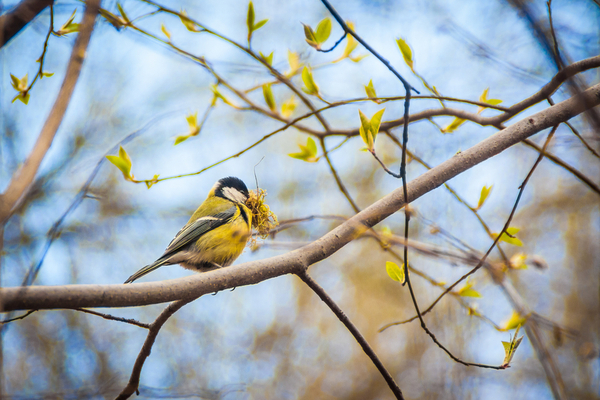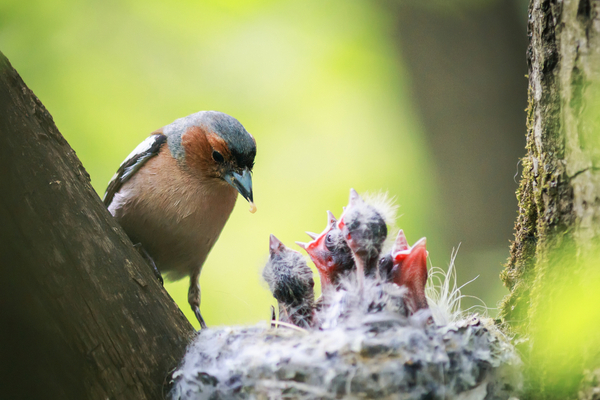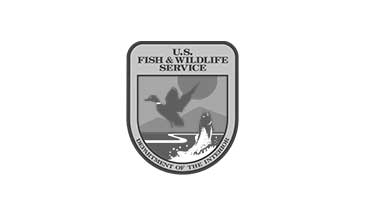When birds come back for spring, they really come back. It’s always surprising how fast it happens. One morning, everything will be silent and still… and the next you’ll hear bird songs wherever you go.
But why is that, exactly? How do birds know when to come back for spring? Why do they choose to return to the places where they end up? What are they doing, and why are they doing it around you? The answers to some of these questions are surprising, and they’ll also help you keep your home safe as the season changes. Here’s everything you should know about the birds coming back to you this spring:
Which birds come back in spring?
A wide variety of bird species suddenly seem to return starting in early spring. There are 350 common species of migratory birds and flyways that are native to the Americas. They include swallows, thrushes, shrikes, warblers, nightingales, swifts, woodpeckers, cuckoos, ducks, geese, ospreys, and more. Most of these birds spend winter several hundred miles south of us. Some of them even fly as far as South America!
Not all the birds that seem to “come back” in spring are migrators. Birds like robins, hawks, cardinals, finches, sparrows, and more actually stay where they are all year. They still seem to “come back” because they leave their overwinter nests or shelters and become more active again. Other birds, such as blue jays, might migrate short distances temporarily as their food sources become unavailable. When they return this spring, it’s simply because they can find their food here again.

How do birds choose when to come back in spring?
This is a surprisingly tricky question to answer! Nobody fully understands how bird navigation works. Some theories say birds get “compass-like” information by sensing the earth’s magnetic field. Others say they watch the position of the setting sun and follow landmarks. Still other theories say the sense of smell plays a major role. Some birds follow the same set and very specific migration path every year. The birds you see in your yard this spring might be the same birds that were there last year!
Nobody fully understands how birds know when to make their journey either. This is particularly vexing to scientists because birds seem to alter their migration places to suit the weather--sometimes, anyway. It’s like they looked up the weather forecast back home before they decided to leave! Some theorists believe birds have an “undiscovered interface” that actually enables them to sense distant temperature and weather conditions. We don’t know how birds do it, but they come back when temperatures warm up and food sources return.
What do birds want when they come back for spring?
Love is in the air for most wildlife in spring, and birds are no exception. Many bird species find mates and reproduce starting in spring. After returning from migration or coming out from overwintering sites, they start looking for mates immediately. To do that, birds stay out longer and venture further from their traditional feeding or nesting sites. You may see flocks of birds meeting together in your trees or bushes. Songbirds sing to attract one another and court mates.
Like other animals, birds also tend to feel quite hungry in spring. All that migration and overwintering is very hard work, after all. Spring is also when bird’s favorite food sources start re-appearing. They’ll feed on leaf and plant bulbs, berries, seeds and nuts, earthworms, and insects. Birds may also become more territorial in spring, as they clash over territory, mates, and food sources, . It’s not uncommon to see birds fighting around feeders or fruit bushes around this time of year.

How could birds affect me this spring?
Spring is a pivotal season for birds. Over the next few
If your home satisfies these conditions, there’s a good chance birds will build nests around it this spring. Bird nests around your yard can be a problem for a couple of reasons. Birds aren’t necessarily dangerous, but they can be disruptive. Territorial birds can be loud and intimidating. Their waste is unsanitary and potentially corrosive. Some birds can even inflict structural damage on your home while feeding or building.
Watching the birds come back home is one of the best parts of spring. Hearing bird songs is how you know the seasons really are changing. Great as birds are, however, you probably don’t want them living around you permanently. Birds building nests on homes
If






